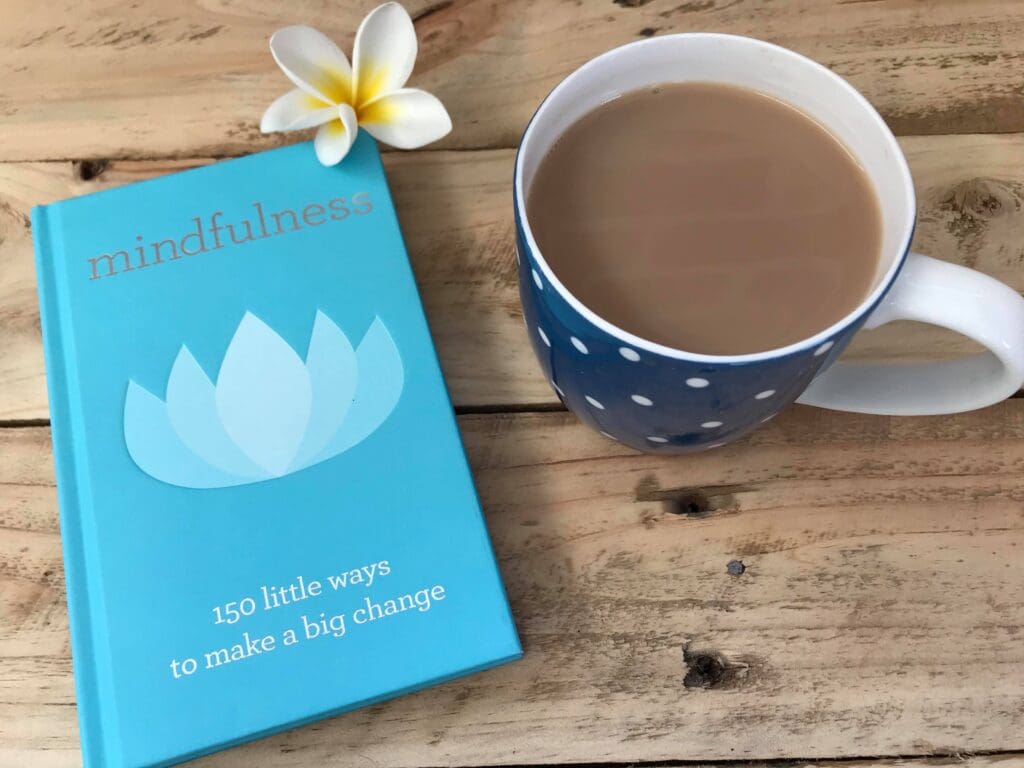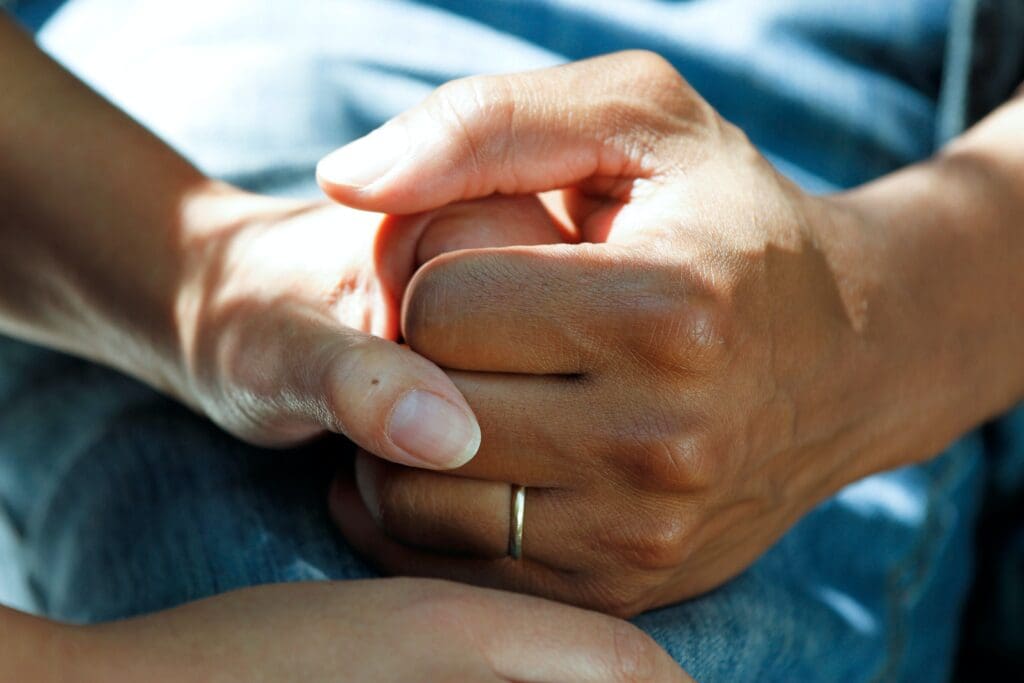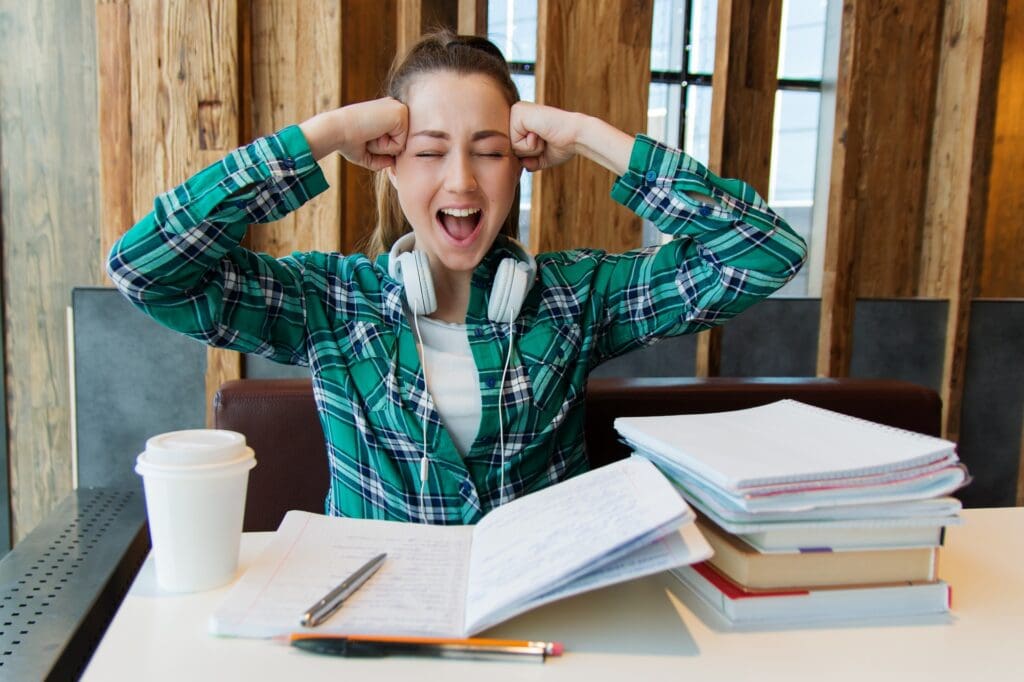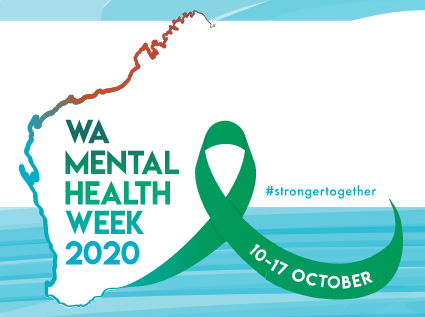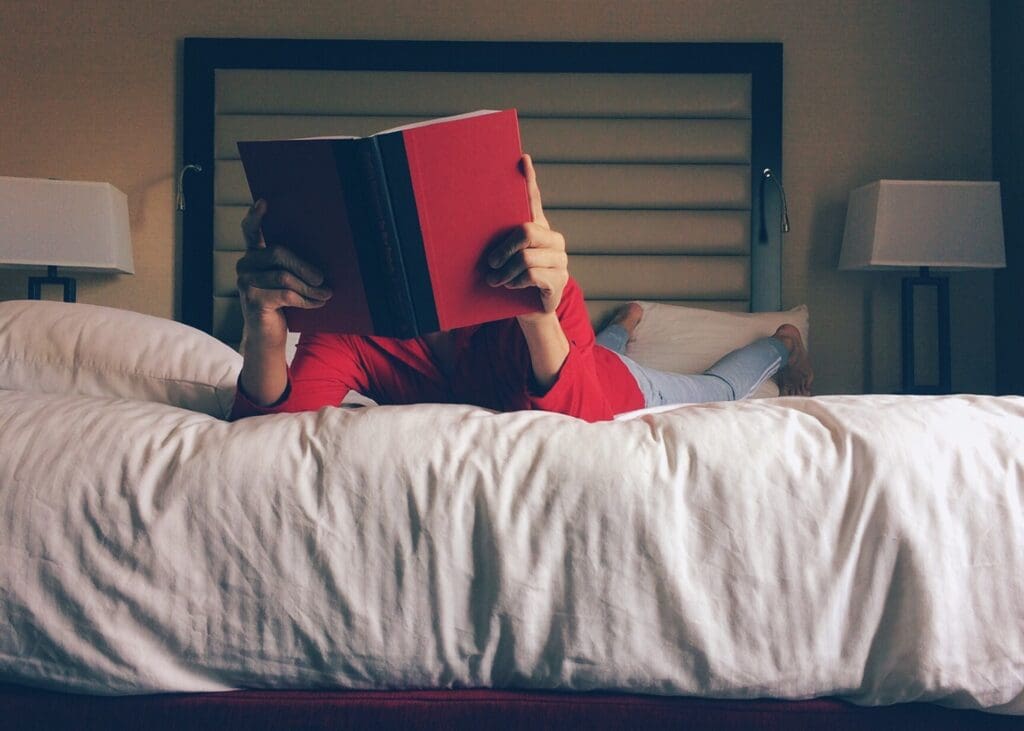What is anxiety?
Approximately 3 million Australians are living with anxiety.
Everyone occasionally experiences some anxiety. It is a normal response to a stressful event or perceived threat. Anxiety can range from feeling uneasy and worried to severe panic.
Anxiety is a normal but uncomfortable feeling of fear that reflects the physical reactions and thoughts that a person has when confronted with a situation that they perceive as being dangerous and/or overwhelming. When a person is experiencing anxiety their thoughts are actively assessing the situation, sometimes even automatically and outside of conscious attention, and developing predictions of how well they will cope based on past experiences.
Although some anxiety is a normal response to a stressful situation, when the anxiety level is too high a person may not come up with an effective way of managing the stressful or threatening situation. They might “freeze”, avoid the situation, or even fear they may do something that is out of character.
Anxiety generally causes people to experience the following responses:
- An intense physical response due to arousal of the nervous system leading to physical symptoms such as a racing heartbeat.
- A cognitive response which refers to thoughts about the situation and the person’s ability to cope with it. For someone experiencing high anxiety this often means interpreting situations negatively and having unhelpful thoughts such as “This is really bad” or “I can’t cope with this”.
- A behavioural response which may include avoidance or uncharacteristic behaviour including aggression, restlessness or irrational behaviour such as repeated checking.
- An emotional response reflecting the high level of distress the person is experiencing
What are the symptoms of anxiety?
The experience of anxiety will vary from person to person. Central features of anxiety include ongoing worry or thoughts that are distressing and that interfere with daily living. In addition to worry or negative thinking, symptoms of anxiety may include:
- Confusion
- Trembling
- Sweating
- Faintness/dizziness
- Rapid heartbeat
- Difficulty breathing
- Upset stomach or nausea
- Restlessness
- Avoidance behaviour
- Irritability
How is anxiety treated?
Psychological treatment, particularly cognitive-behaviour therapy, has been found to be very effective in the treatment of anxiety. Cognitive behaviour therapy is made up of two components. The first component, cognitive therapy, is one of the most common and well supported treatments for anxiety. It is based on the idea that a person’s thoughts in response to an event or situation causes the difficult feelings and behaviours (i.e., it is often not an event that causes distress but a person’s interpretation of that event). The aim of cognitive therapy is to help people to identify unhelpful beliefs and thought patterns, which are often automatic, negative and irrational, and replace them with more positive and helpful ways of thinking. The second component of cognitive-behaviour therapy involves assistance with changing behaviours that are associated with anxiety, such as avoidance or restlessness. These may be dealt with through learning relaxation techniques and through changes in the way that certain situations are handled.
Other treatments used to address anxiety include medication and making lifestyle changes such as increasing exercise, reducing caffeine and other dietary changes.
Your psychologist will be able to provide you with more information on these treatment options.
